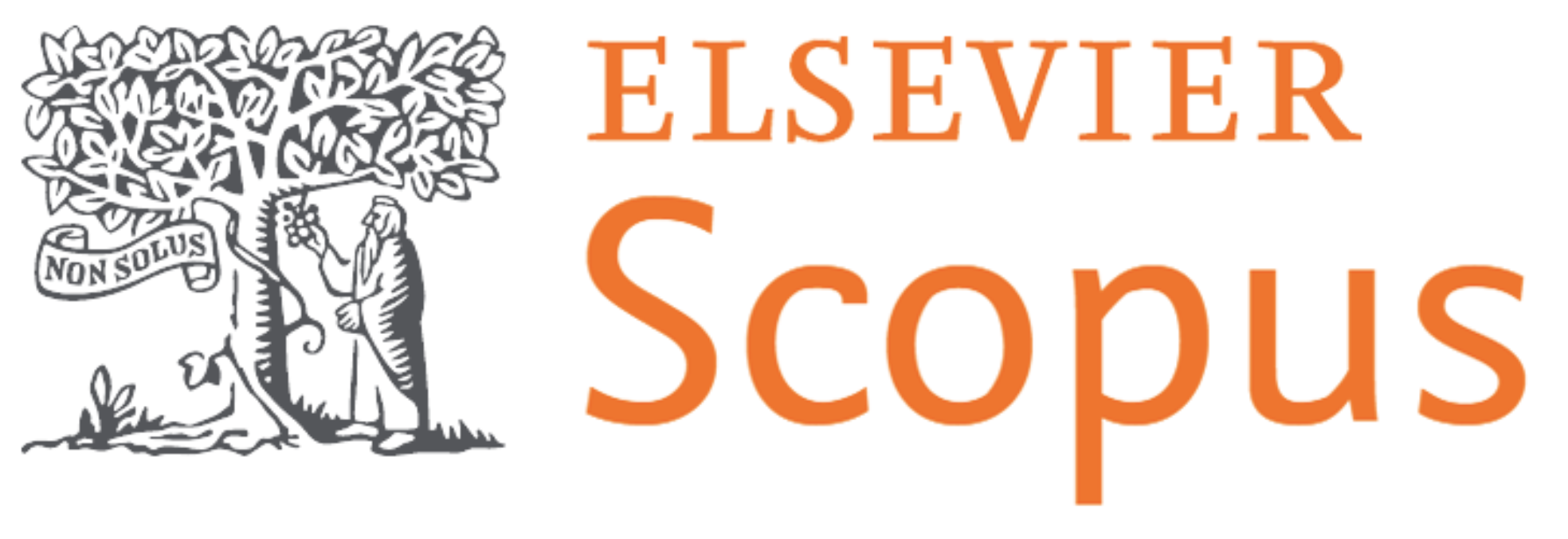Validation of tools for the management of goat and sheep herds in the Pernambuco hinterland
DOI:
https://doi.org/10.17765/2176-9168.2021v14Supl.1.e8645Keywords:
Analysis of requirements, Goat and sheep farming, Management softwareAbstract
Goat culture has been on the increase, mainly in the northeastern region of Brazil, with high productivity demand, at growth of 18.38% in goats and 15.94% in sheep, when compared to the last census. A greater management for the control of animals is consequently relevant. Technologies are increasingly present within productions. Current paper identifies to potential users the primary functionalities for herd management of goats and sheep, so that requirements for the development of a software (called CONTROLAR), are underscored. After the construction of the tool, the validation process occurred to verify the requirements and the identification of alternatives that lead the system to ensure visibility of the animals in the agribusiness in the Pernambuco hinterland. A competitors’ analysis was performed that shared functionality with the proposed requirements of software. A qualitative approach methodology was used, with information collected through structured interviews. Data were analyzed by Bardin’s content analysis. Results showed that there were no significant differences between interviewed professionals and theorists on the theme. Specialists in the field of animal science involved in the work confirmed that functionalities in the CONTROL software were considered valid. In fact, through the system, the animals are registered, even though increased functionality and improvements in their requirements are still lacking.References
BITTENCOURT, B. A.; SALLES, A. C.; DANIEL, V. M.; BARCELLOS, M. D. Inovação no agronegócio: um estudo sobre os tipos de inovação presentes na cadeia produtiva da ovinocultura no Rio Grande do Sul. Revista Livre de Sustentabilidade e Empreendedorismo, v. 1, n. 3, p. 117, set./out. 2016.
BARDIN, L. Análise de conteúdo. Lisboa: Edições 70, 2011. DOI: http://dx.doi.org/10.14244/%2519827199291.
BORGES, L. S. Gestão zootécnica e genética informatizadas em pequenos ruminantes: uma revisão. Medicina Veterinária (UFRPE), Recife, v. 13, n. 2, p. 251, abr./jun. 2019. DOI: https://doi.org/10.26605/medvet-v13n2-3083
CÂMARA, R. H. Análise de conteúdo: da teoria à prática em pesquisas sociais aplicadas às organizações. Revista Interinstitucional de Psicologia, v.6, n. 2, p. 179-191, jul./dez. 2013. p. 183.
CARVALHO, T.; SANTOS, N.; LIRA, W.; OLIVEIRA, P. A.; SANTOS NETO, P.; LINDENBERG, J.; RABÊLO, R. Um sistema de informação para melhoramento genético de caprinos e ovinos. In SIMPÓSIO BRASILEIRO DE SISTEMAS DE INFORMAÇÃO (SBSI), 12. 2016, Florianópolis. Anais [...]. Porto Alegre: Sociedade Brasileira de Computação, 2016. p. 100-107. DOI: https://doi.org/10.5753/sbsi.2016.5951. p. 101
DANTAS, A. P. Criação de um Software gerenciador de propriedades rurais. Propriedade Rural Familiar Picuí, IFPB, 2017. p. 11.
EMBRAPA. Empresa Brasileira de Pesquisa Agropecuária. Novo Censo Agropecuário mostra crescimento de efetivo de caprinos e ovinos no Nordeste, 2018. Disponível em: https://www.embrapa.br/cim-inteligencia-e-mercado-de-caprinos-e-ovinos/busca-de-noticias/-/noticia/36365362/novo-censo-agropecuario-mostra-crescimento-de-efetivo-de-caprinos-e-ovinos-no-nordeste. Acesso em: 24 jun. 2019.
GAMEIRO, A. H.; SANTOS, F. F.; RANIERI. C. Ovinocultura de corte no Brasil: balanço de 2013 e perspectivas para 2014. Revista de Educação Continuada em Medicina Veterinária e Zootecnia do CRMV-SP, v. 12, n. 3, p. 13, 2014.
LOBO, R. N. B. SGR - Sistema de Gerenciamento de Rebanhos. Manual de Usuários (Versão 2.0 Construído em 20121106. Embrapa Brasileira de Pesquisa Agropecuário Embrapa Caprinos e Ovinos Ministério da Agricultura, Pecuária e Abastecimento, 2013. p. 7.
SCRUM ALLIANCE, 2014. Disponível em http://www.scrumalliance.org/. Acesso em: set. 2021.
Downloads
Published
How to Cite
Issue
Section
License
A Revista se reserva o direito de efetuar, nos originais, alterações de ordem normativa, ortográfica e gramatical, com o intuito de manter o padrão culto da língua, respeitando, porém, o estilo dos autores. As opiniões emitidas pelos autores são de sua exclusiva responsabilidade.Os direitos autorais pertencem exclusivamente aos autores. Os direitos de licenciamento utilizado pelo periódico é a licença Creative Commons Attribution
 Creative Commons Atribuição 4.0 Internacional. São permitidos o compartilhamento (cópia e distribuição do material em qualquer meio ou formato) e adaptação (remixar, transformar, e criar a partir do trabalho, mesmo para fins comerciais), desde que lhe atribuam o devido crédito pela criação original.
Creative Commons Atribuição 4.0 Internacional. São permitidos o compartilhamento (cópia e distribuição do material em qualquer meio ou formato) e adaptação (remixar, transformar, e criar a partir do trabalho, mesmo para fins comerciais), desde que lhe atribuam o devido crédito pela criação original.










